Eyewear has become more than just a functional accessory; it has become a reflection of one’s personality and style. From the simple necessity of correcting vision to making a fashion statement, the psychology behind eyewear choices is intriguing and complex. This article delves into the factors that influence our decisions when it comes to choosing eyewear.
First and foremost, the need for vision correction plays a significant role in the choice of eyewear. People who require glasses or contact lenses to see clearly often consider practicality and functionality when selecting their eyewear. Factors such as lens type (single vision, bifocal, or progressive), frame durability, and lens thickness influence their decisions. In these cases, the primary concern is improving vision and ensuring comfort while wearing glasses.
However, for those who do not require vision correction, eyewear serves a different purpose. It becomes a fashion accessory that can enhance or even define one’s style. In these instances, the psychology behind choosing eyewear is strongly influenced by social and cultural factors. Trends, celebrity endorsements, and media influence play a significant role in the choices people make.
Eyewear can make a bold statement about one’s personality. For example, wearing oversized, colorful frames may suggest a creative and daring individual. On the other hand, conservative, minimalistic designs can convey a more understated, professional image. The psychology behind these choices ties back to how individuals want to be perceived and the message they want to send to others.
In addition to personality, eyewear also serves as a form of self-expression. People use it to signal their affiliation with certain subcultures or identify with specific groups. For instance, round, wire-frame glasses may evoke a retro or bohemian aesthetic. Thick, black frames might be associated with a nerdy or intellectual persona. These choices reflect an individual’s desire to communicate their values and interests visually.
Another psychological aspect of eyewear choices is the impact of social norms and peer influence. Conforming to societal expectations or wanting to fit in with their social circle can greatly influence the decision-making process. People may feel pressured to select certain styles or brands because of what is perceived as fashionable or popular.
Furthermore, the psychology behind eyewear choices can extend beyond personal reasons. In some cases, individuals may choose eyewear as a form of self-protection or to create a barrier between themselves and the outside world. Glasses can act as a shield, providing a sense of anonymity and privacy. This psychological aspect explains why some people who may not even require vision correction still choose to wear non-prescription glasses.
In conclusion, the psychology behind eyewear choices encompasses many facets. Whether driven by practicality, fashion, self-expression, or conformity, individuals’ decisions are influenced by a multitude of factors. Eyewear has transformed from a mere tool to an extension of one’s personality, allowing people to project their desired image to the world. Understanding these psychological underpinnings can provide insights into human behavior and help us comprehend the complexities of our choices when it comes to something as seemingly simple as picking out a pair of glasses.
